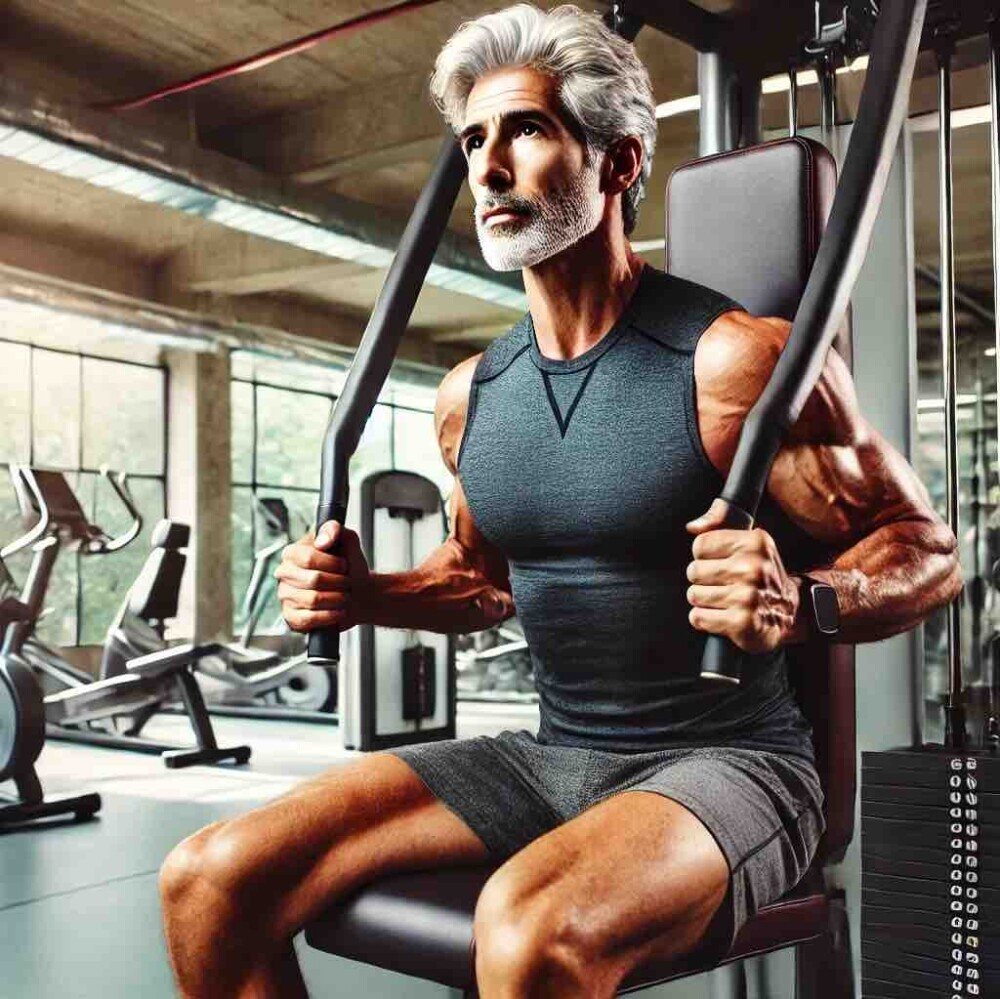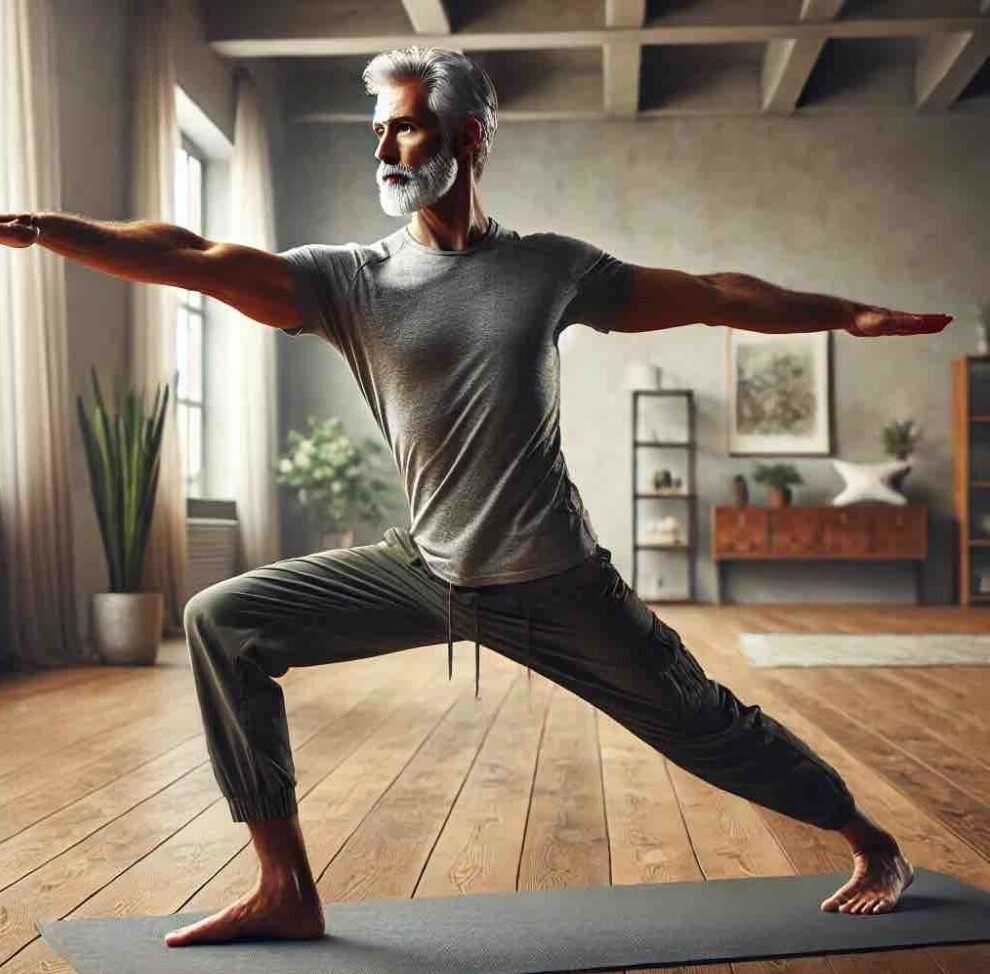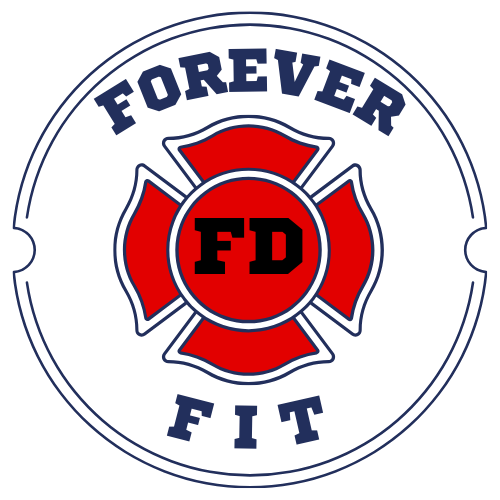Aging brings a slew of changes, and our bodies feel them first. Muscle loss and fat gain often go hand in hand as we step into retirement years. Why? Our metabolism doesn’t zip along like it used to, and the decline in hormones like testosterone and estrogen makes it tougher to hang on to that muscle mass. But fret not, it’s a challenge you can tackle.
Losing fat after retirement isn’t just a vanity project; it’s about maintaining a lifestyle that supports overall well-being. With age, the pounds tend to stick more stubbornly, and muscle thinning seems inevitable. Understanding these shifts helps us prep a more realistic game plan.

Senior muscle prevention isn’t just something that happens in gyms. It’s a mindset and part of daily life. Controlling these changes means building a strong foundation focused on health and longevity. Keep moving, stay active, and most importantly, keep informed.
Designing an Exercise Regimen for Muscle Maintenance and Fat Loss
A solid exercise plan is key to losing fat and keeping muscle strong after retirement. It’s not just about the gym; it’s about embracing movement in all forms. Think of everyday activities or hobbies that get you moving.
Strength training is the superstar here. No need to lift heavy weights. Bodyweight exercises, resistance bands, or light dumbbells can work wonders in preserving strength and muscle mass. It’s amazing how just a few sessions a week can make a difference. Supporting your body with the right exercises can really give you a leg up when it comes to senior muscle prevention.
Don’t get me wrong, lifting weights or using gym machines for strength training is optimal, but many retirees have physical limitations from years of fireground work taking its toll on their bodies.
Consistency is your best friend. Regular workouts, even in small doses, are better than sporadic intense sessions. Slow and steady truly wins the race when you’re building a sustainable fitness routine at this stage of life.
Don’t underestimate the power of variety. Mixing up workouts not only keeps things interesting, but also engages different muscle groups and helps prevent injuries. Try yoga, swimming, walking, or pilates. Walking is my number one favorite activity for myself and clients to help generate more NEAT calorie burn throughout the day.
Remember, start where you feel comfortable and gradually increase intensity as your strength builds. It’s all about finding a pace that respects your process and ensures you’re doing what you love over the long run.
Nutrition for Muscle Preservation: Eating Right After Retirement
Getting the right nutrients is like giving your body premium fuel. Eating smart is half the battle won when aiming to lose fat while maintaining muscle after retirement. A balanced diet can support muscle preservation and accelerate fat loss.
Protein is your secret weapon in senior muscle prevention. Incorporate lean meats, eggs, and plant-based proteins into your meals. They’re vital for repairing and building muscle tissue, especially important as we age.
Don’t shy away from healthy fats. Avocados, nuts, and olive oil help with satiety, making it easier to manage weight. Carbohydrates like whole grains and sweet potatoes are vital, too, as they provide energy needed to power through those workouts.
Meal planning can keep you on track. Preparing meals ahead ensures you’re less likely to reach for quick, unhealthy options that might derail your goals. Simple swaps, like choosing grilled rather than fried options, can make a big difference.
Hydration plays a crucial role, too. Water supports metabolism and helps flush out toxins. Aim to drink water throughout the day, and notice how it aids your energy levels and overall health.
Listening to your body is key. Notice how different foods make you feel and adjust accordingly. It’s all about finding that balance that fits your lifestyle and supports your health journey post-retirement.
How Much Protein Do I Need?
Recommended Daily Protein Intake:
- For the Average Adult:
-
- The Recommended Dietary Allowance (RDA) for protein is 0.8 grams per kilogram (g/kg) of body weight per day for the general adult population. This amount is meant to meet the basic nutritional needs for most healthy individuals who are not engaged in significant physical activity.
- Example: A person weighing 70 kg (154 lbs) would need about 56 grams of protein per day (70 kg × 0.8 g/kg).
- For Physically Active Individuals and Athletes:
-
- For those who engage in regular exercise or strength training, the protein requirement increases to support muscle repair and growth. Most research suggests 1.2 to 2.2 g/kg of body weight per day for physically active adults.
- For endurance athletes: 1.2–1.4 g/kg/day.
- For strength athletes or those aiming to build muscle: 1.6–2.2 g/kg/day.
- This is the recommended protein intake range for retired firefighters doing strength training 3-4x a week
- For Older Adults:
-
- Protein needs for older adults (typically over 65 years old) are often higher due to the risk of muscle loss (sarcopenia) and decreased protein synthesis with aging. Research suggests older adults may benefit from 1.2–1.5 g/kg/day to maintain muscle mass and strength.
- This translates to about 84 to 105 grams of protein for a 70 kg older adult.
As you can see their is quite a range with the low end being .8g/kg all the way up to 2.2g/kg.
If you’re doing 3-4x a week of strength training, I’d eat in the 1.2-2.2g/kg range. This provides your body ample amino acids to recover and repair from the strength training as well as keep your body in good repair.
Lifestyle Habits to Support Long-Term Health and Fitness Goals
Integrating physical activity into your everyday routine sets the stage for long-term success. It doesn’t have to be complex. Think garden chores, brisk walks, or even dancing around the kitchen while cooking. The goal is to make movement a natural part of your day rather than a scheduled task.

Stress can sneak in and disrupt your fitness journey. Practicing mindfulness or deep breathing exercises can be beneficial for maintaining focus and staying on track. Stress management isn’t just about meditation – it’s about anything that calms the mind, like reading or spending time in nature.
Sleep often gets overlooked, but it’s where much of the body’s recovery happens. Quality sleep boosts mood, keeps metabolism humming, and aids muscle repair. Establish a sleep routine that works, one free from screens and full of comfort, to reap these benefits.
Being part of a supportive community can make all the difference. Whether it’s a local walking group or an online fitness community, sharing your journey can provide motivation and accountability. Plus, friends who share similar goals can offer encouragement, making the journey more enjoyable.
Balancing your new lifestyle post-retirement is about more than just reacting to changes. It’s about creating an environment where health and happiness flourish independently, leading to an active and fulfilling retirement.
What was your biggest takeaway from this post?
Sources for protein recommendations:
Institute of Medicine (IOM)
American College of Sports Medicine (ACSM)
Journal of the American Medical Directors Association

Thank you for this comprehensive article. I am in my mid-seventies, and this is timely information. I’m sure it will be for other readers also.
I appreciate your balance in exercise, diet, sleep, and nutrition in maintaining muscle mass and the point about movement on a regular basis.
I appreciate this motivational article and look forward to reading more.
Hey Lonnie, thanks for taking the time to check out this post. It’s super important for everyone (not just firefighters) to maintain muscle mass throughout our lives. It’s even more important to keep muscle and functional strength up as we mature. Unfortunately, throughout my career as a fire captain/paramedic, I’ve responded to SO many calls for older people falling and hurting themselves simply due to a lack of daily activity leading to loss of strength and muscle to the point where they can’t even stand or walk. If you want to live a long and healthy life, be sure to keep moving and incorporate strength training into your day.